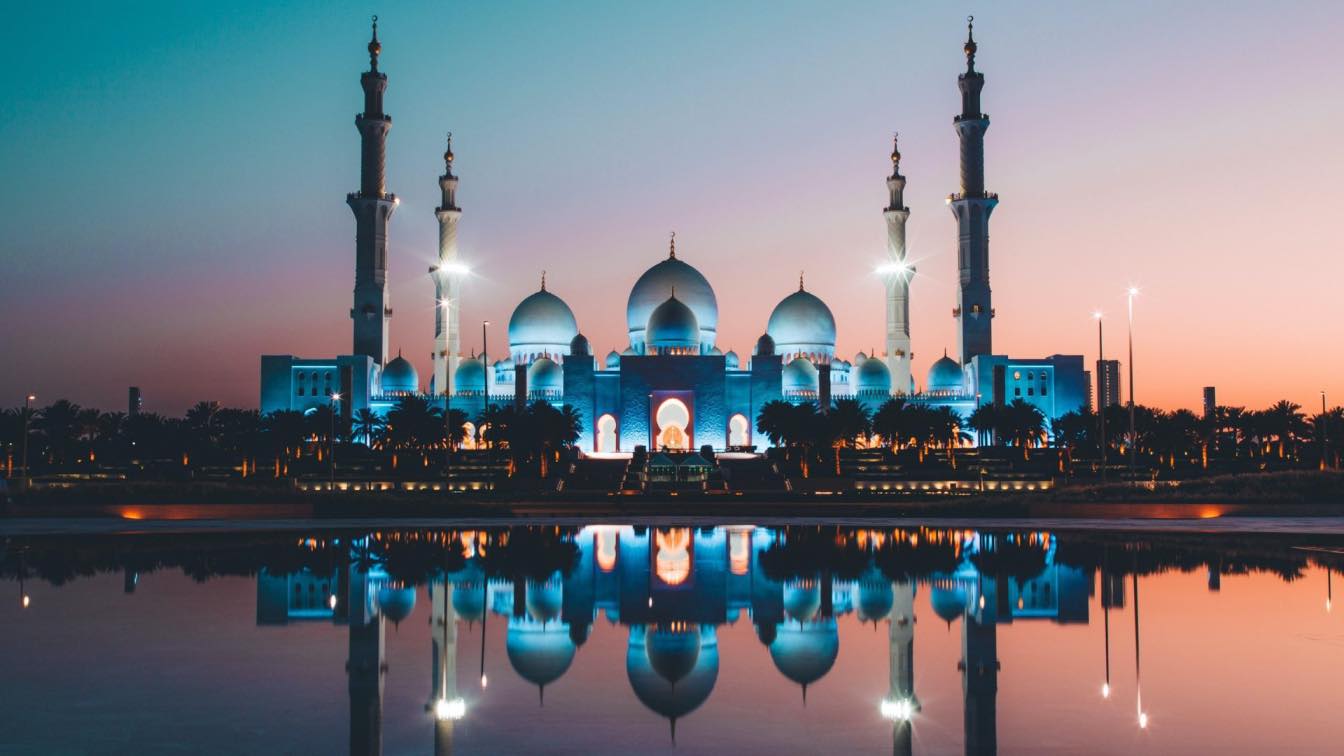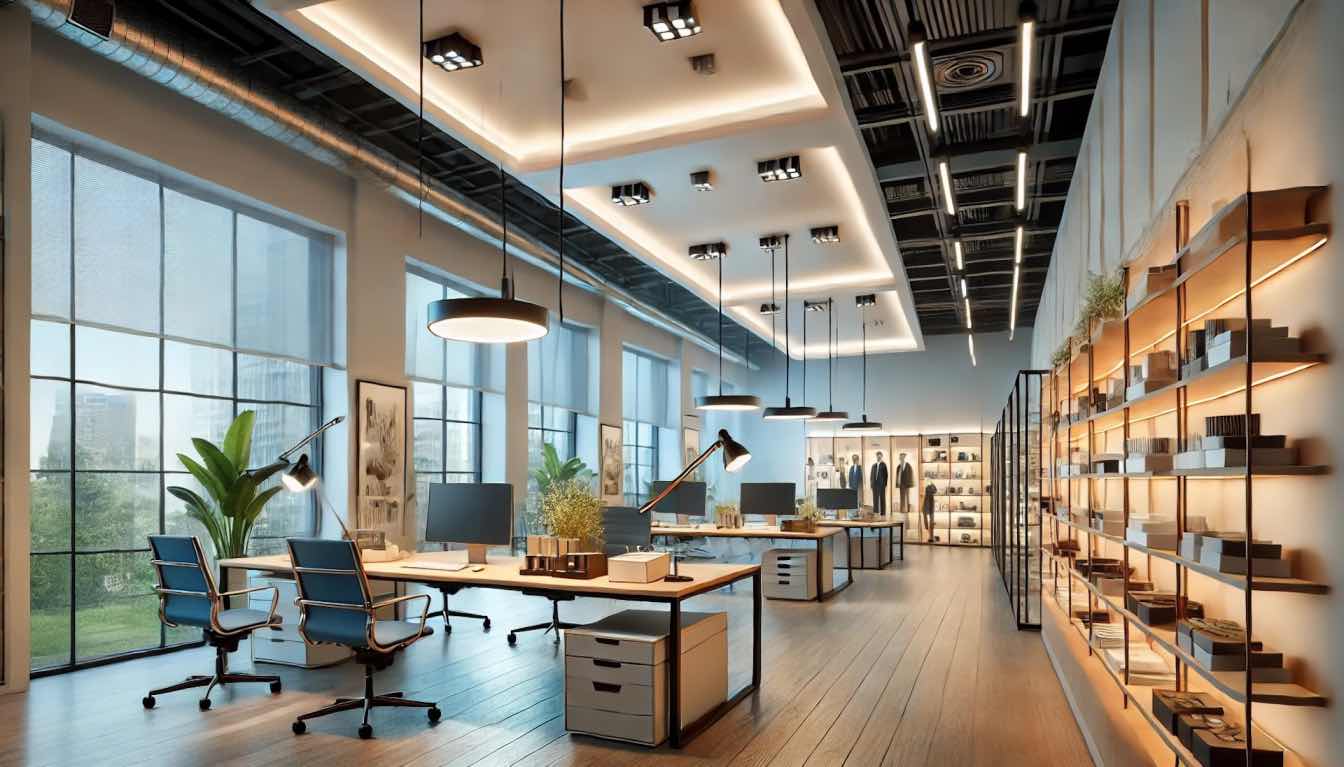Throughout the MEA region, EWAA (Eco, Wellness, Adventure and Agritourism) is becoming increasingly popular, specifically within secondary cities. EWAA tourism embodies a sustainable model centered around immersive experiences influenced by the local surroundings, fostering respectful interactions between visitors and host communities. Although not a novel concept, EWAA tourism is gaining traction and attracting more travellers seeking meaningful and eco-friendly adventures in the region.
The third edition of the EWAA white paper series examines the impact of EWAA tourism on the local economy and community, with a specific focus on the potential of modular construction. It highlights the crucial role of this alternative form of tourism in shaping the future, concluding that responsible and sustainable practices are key to its success.
The study shows that emerging tourist hotspots, particularly in the Middle East, are transforming their rural landscapes to create destination-centric experiences that simulate local economies. Backed by solid government initiatives, countries like the UAE and KSA are taking significant strides towards sustainable EWAA tourism, with pioneering projects such as Habitas AlUla and Hatta Sidr Trailers Resort.
Following a sustainable approach to lower environmental impacts and enhance ROI, there has been a shift towards modular design and construction, which is an innovative building technique that includes pre-fabrication of modules off-site. Compared to traditional methods, a modular build offers key benefits, including but not limited to reduced waste on the site, time-saving operations, controlled production, reuse & repurpose opportunities and minimal disruption to site surroundings.
The paper’s findings dictate that in order to reap the benefits and minimise the negative implications of introducing EWAA tourism, proper planning and management are key. This could involve implementing strict environmental regulations, offering educational programs for tourists, fostering community engagement and ensuring that the economic benefits of tourism are fairly distributed within the community.
Looking at the future of EWAA tourism in the region, the analysis concludes that the strength of the concept goes beyond the physical structure, relying rather on the coherence and consistency between the story-telling, design, service offering and social & ecological initiatives. For each phase of the project life cycle, critical elements must be considered to ensure the project’s durability, and proper resource allocation at the early stage can yield favourable returns when developing EWAA assets, despite the potential requirement for more time and financial resources compared to urban products.





